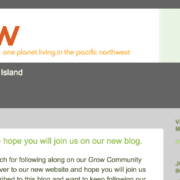 The following is part of our Five Minute Lifestyle series. Living at Grow Community makes getting out your car easy with all of your local amenities and transportation needs met within a quick 5 minute walk or bike ride away. Our Five Minute Lifestyle posts are dedicated to spotlighting nearby local businesses, transportation options for residents, community resources and the spectacular local attractions of Bainbridge Island and our surrounding community.
The following is part of our Five Minute Lifestyle series. Living at Grow Community makes getting out your car easy with all of your local amenities and transportation needs met within a quick 5 minute walk or bike ride away. Our Five Minute Lifestyle posts are dedicated to spotlighting nearby local businesses, transportation options for residents, community resources and the spectacular local attractions of Bainbridge Island and our surrounding community.
By our Health and Happiness Champion, Leslie Schneider
How did you feel about your neighborhood as a kid?
Before I was even 11 years old I could walk on my own to the library, or to a couple of stores in my neighborhood to spend my dimes and quarters. When I visited my grandparents in the summer, my cousins and I would walk to the public swimming pool or a community center for day camp classes. These memories define my childhood because I was not dependent on adults driving me there. My world had a connected set of places that I could “own.”
In the 5-minute lifestyle of the One Planet Grow Community, our homes are walking and biking distance from many family-friendly destinations, and they become such a part of our lives that we don’t even have to plan for them. The Grow Community on Bainbridge Island offers so many activities that will live in our kids’ memories as part of where we live.
Here are a few favorites that are great for a range of ages:
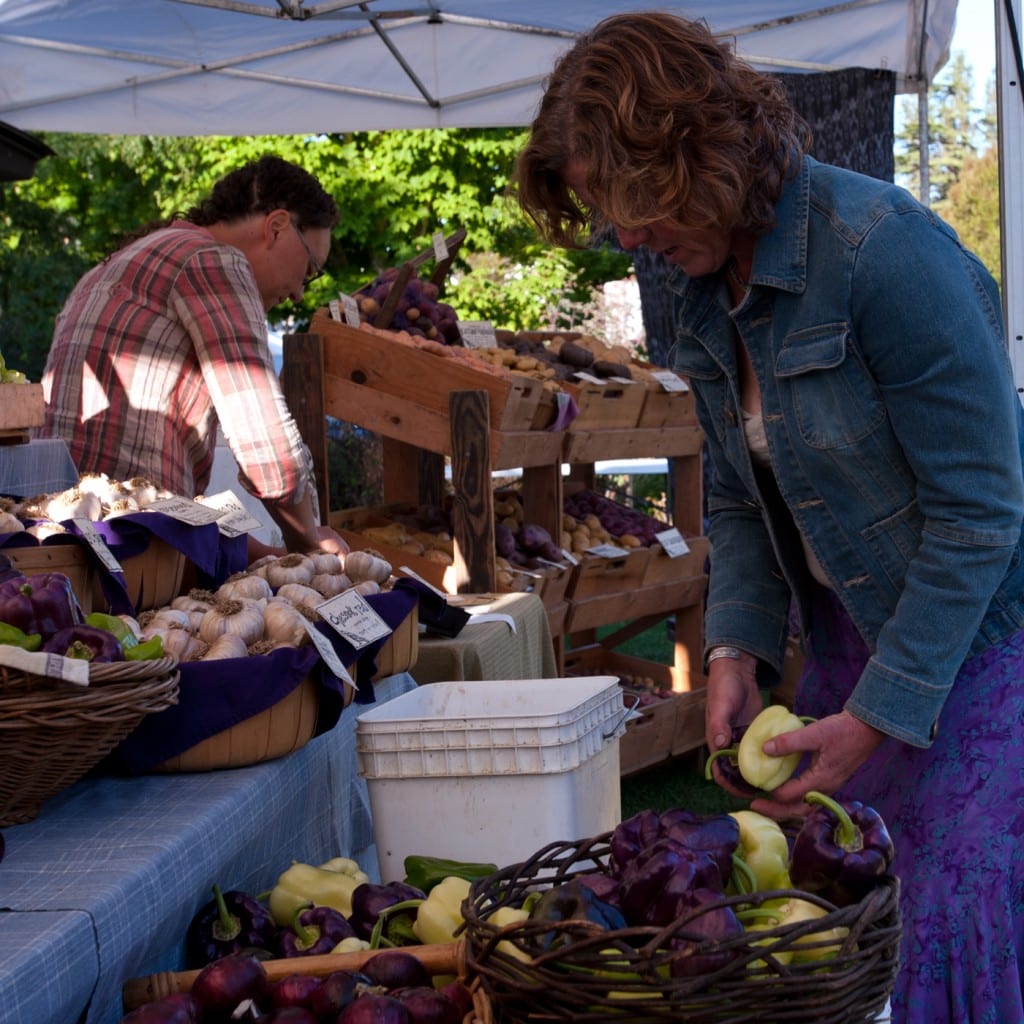
The Farmers Market in Winslow
For almost half the year, the Saturday Farmer’s Market in Town Square is just a block away. Kids experience the color and bounty of fresh local food, the energy of the music, and even a marketplace where kids are the artisans and vendors. Keep walking through the market, and just around the performing arts center is the Bainbridge Island Historical Museum, with fresh displays as well as the longstanding history exhibits. Come home by way of Winslow with occasional visits to the Curious Child for the latest instructional games and toys, and you’ve got a weekly tradition that will live on for years in your kids’ memories.
On any day, a five minute stroll on friendly sidewalks through Winslow gets you and your kids to the playground behind the Town & Country grocery. From there, another 5 minutes on trails through Waterfront Park opens up to the beach. Low tide under the ferry dock is an unbelievable zoo of anemones, at least seven different species of sea stars, and frequent startling spurts from buried clams. A few times each season there are beach naturalists to help identify your finds. Bring rubber boots or water shoes, and don’t forget to buy the makings for dinner at Town & Country (grocery store) on your way back.
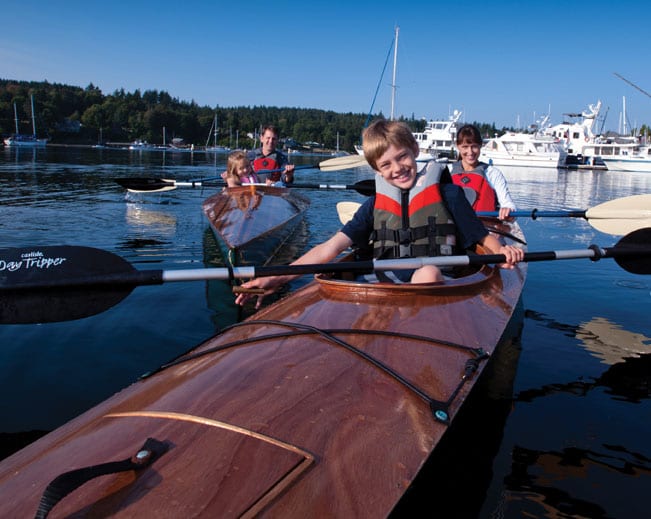
Kayaking on the Sound
For the days when weather discourages extended outdoor time, the Bainbridge library is just a five minute walk up the street, and another five minutes lands you at the Aquatics Center for swim lessons or free play in the lazy river or down the 20′ water slide. Diagonally across High School Road from the library and behind the Commodore Options school is the Bainbridge High School Gymnastics Room that hosts many Parks and Recreation classes, including the urban gymnastics for older kids called Parkour (it’s much safer than jumping between tall buildings).
Five minutes on bikes (or 10 minutes by foot at an adult pace) and you’ll be at the ferry for an excursion to Seattle (and you can lock the bikes in the protected Bike Barn). Or stay on the island for an adventure at the Kids

Biking around the island
Discovery Museum across the street. “KiDiMu”, as it is mostly called, has built a strong following in its new location in Island Gateway, and soon the Bainbridge Art Museum will be another destination in that same campus. On
that same route, kids probably won’t love their appointment at the Virginia Mason clinic, but stop at Mora’s ice cream on your way back and all will be forgiven. In the car-dependent life, we weigh the benefits of a great destination with the costs of our own energy and time getting kids buckled in, travel and traffic, and finally finding parking in the vicinity of the destination. Then there are the real costs of gas and parking and maintenance, but we don’t usually track these carefully, willing to accept an average monthly budget for such necessities. In a car-free 5-minute lifestyle, instead of a hassle, getting there is half the fun!
If you’d like to learn more about the 5 Minute Lifestyle, check out our blog on Sustainable Transportation
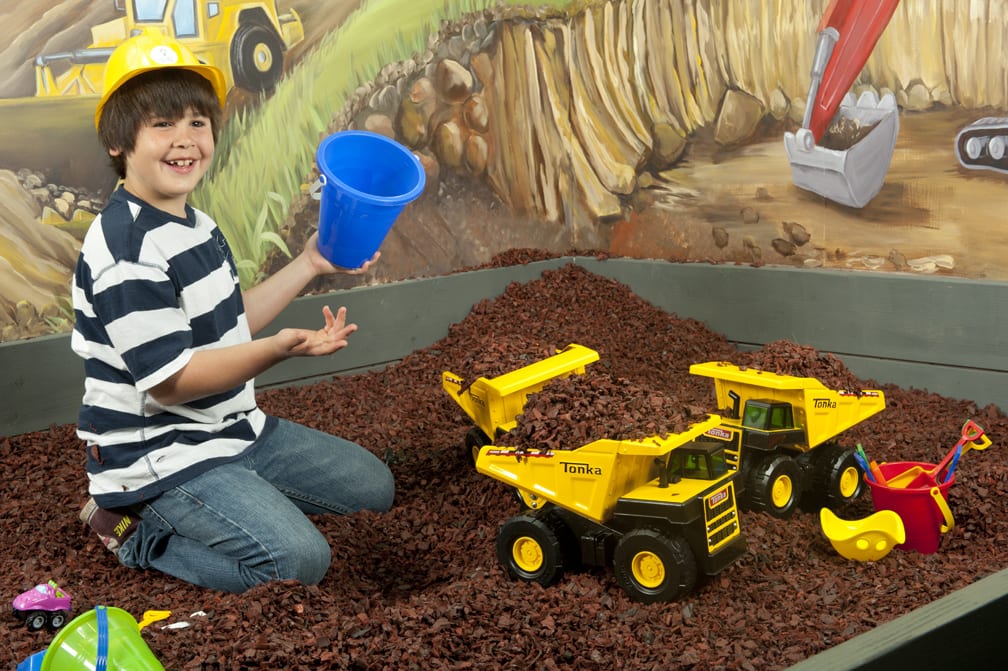
Fun at the KiDiMu
Leslie Schneider is a marketing and communications specialist with a history of building community. Leslie has worked with both start-ups and software giants offering messaging, marketing collateral, and training development. She is also a founding member and ‘graduate’ of cohousing, having developed and then lived in Jackson Place Cohousing (near downtown Seattle) for eight years. She served on the cohousing development LLC managing board for five years and was the owner’s representative for the 27-unit condominium construction. You can find her at Office Xpats, a co-working and conference center based on Bainbridge Island.
 One Planet Living is a global initiative launched by the World Wildlife Fund and environmental consultancy BioRegional that promotes zero-carbon emissions, zero waste and car-free cities.
One Planet Living is a global initiative launched by the World Wildlife Fund and environmental consultancy BioRegional that promotes zero-carbon emissions, zero waste and car-free cities.
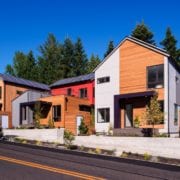
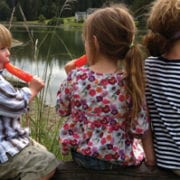
 The following is part of our Five Minute Lifestyle series. Living at Grow Community makes getting out your car easy with all of your local amenities and transportation needs met within a quick 5 minute walk or bike ride away. Our Five Minute Lifestyle posts are dedicated to spotlighting nearby local businesses, transportation options for residents, community resources and the spectacular local attractions of Bainbridge Island and our surrounding community.
The following is part of our Five Minute Lifestyle series. Living at Grow Community makes getting out your car easy with all of your local amenities and transportation needs met within a quick 5 minute walk or bike ride away. Our Five Minute Lifestyle posts are dedicated to spotlighting nearby local businesses, transportation options for residents, community resources and the spectacular local attractions of Bainbridge Island and our surrounding community.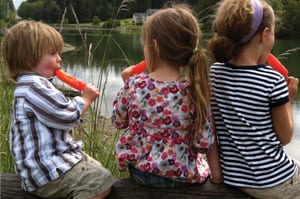 As a 12-year-old, I remember well the territory I was comfortable exploring on my bike with friends and siblings. We could ride on a dirt path from the residential road through an empty lot to the usually vacant parking lot behind Safeway. The empty lot had little hills that helped us hone our bike handling skills. And the Safeway store offered us refunds for empty bottles and plenty of ways to spend the new cash.
As a 12-year-old, I remember well the territory I was comfortable exploring on my bike with friends and siblings. We could ride on a dirt path from the residential road through an empty lot to the usually vacant parking lot behind Safeway. The empty lot had little hills that helped us hone our bike handling skills. And the Safeway store offered us refunds for empty bottles and plenty of ways to spend the new cash. Going somewhere and buying something… that is what grown-ups do. So isn’t it the Holy Grail of freedom for a kid to be able to get somewhere by themselves and purchase something of high kid-value? How many parents with school-aged children in your neighborhood would think it safe to send their kids to the grocery store alone? Architect Ross Chapin is an advocate of small scale communities. In his book “Pocket Neighborhoods”, Chapin describes what he calls the “Popsicle Index” – the percentage of people who think it is safe to let their kid walk to a store and buy a Popsicle without adult supervision.
Going somewhere and buying something… that is what grown-ups do. So isn’t it the Holy Grail of freedom for a kid to be able to get somewhere by themselves and purchase something of high kid-value? How many parents with school-aged children in your neighborhood would think it safe to send their kids to the grocery store alone? Architect Ross Chapin is an advocate of small scale communities. In his book “Pocket Neighborhoods”, Chapin describes what he calls the “Popsicle Index” – the percentage of people who think it is safe to let their kid walk to a store and buy a Popsicle without adult supervision.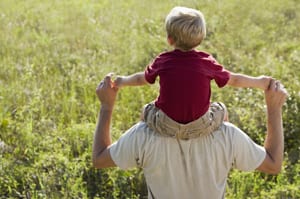 heck out ‘5 Minute Neighborhood for Kids’ also written by Leslie Schneider
heck out ‘5 Minute Neighborhood for Kids’ also written by Leslie Schneider

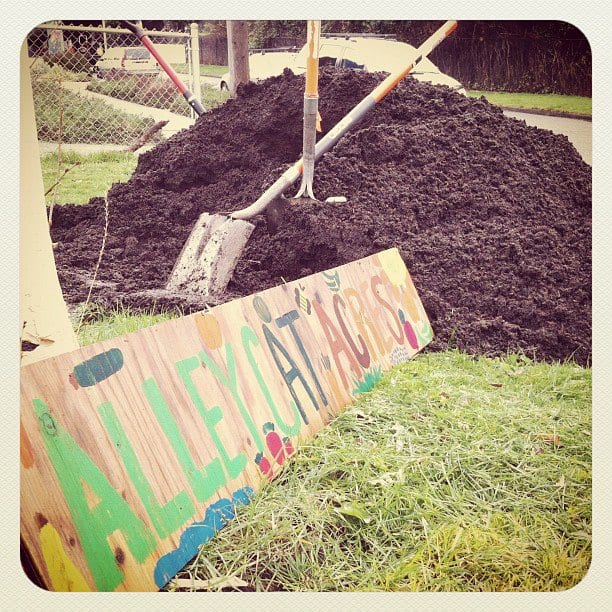 Our farms serve as community meeting grounds – allowing places for people who’d never normally meet to do just that — all while growing a healthier future. In the two years we’ve been growing, there’s been over 3,000 pounds of food harvested from all of the farms by the hands of more than 1,000 newly made friends – many of whom never have stepped foot on a farm or in a garden. All that produce that was grown? It went right back to everyone who helped it grow, along with one of three neighborhood based food banks that are close to each farm which is delivered by bicycle.
Our farms serve as community meeting grounds – allowing places for people who’d never normally meet to do just that — all while growing a healthier future. In the two years we’ve been growing, there’s been over 3,000 pounds of food harvested from all of the farms by the hands of more than 1,000 newly made friends – many of whom never have stepped foot on a farm or in a garden. All that produce that was grown? It went right back to everyone who helped it grow, along with one of three neighborhood based food banks that are close to each farm which is delivered by bicycle.




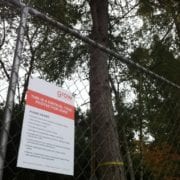

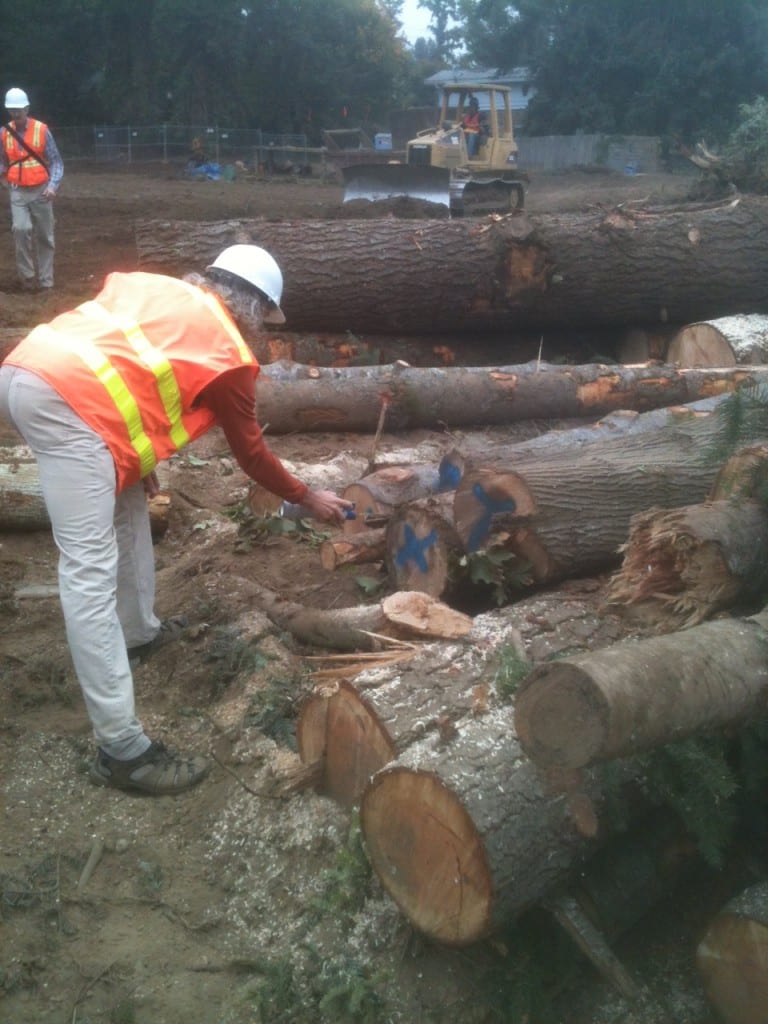
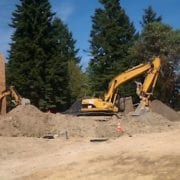
 Those of you who have driven by Grow Avenue have seen that we have started construction and may be wondering what we are up to. We have recently begun construction of three model homes that will be prototypes for the Grow Community. The model homes face Grow Avenue and are intended to showcase the different designs and floor-plans which will be available throughout the site. Construction will be complete and the homes available to tour mid-summer.
Those of you who have driven by Grow Avenue have seen that we have started construction and may be wondering what we are up to. We have recently begun construction of three model homes that will be prototypes for the Grow Community. The model homes face Grow Avenue and are intended to showcase the different designs and floor-plans which will be available throughout the site. Construction will be complete and the homes available to tour mid-summer.